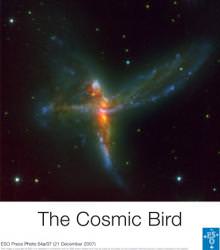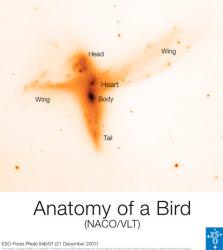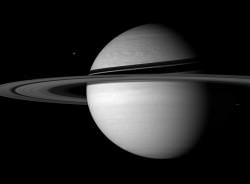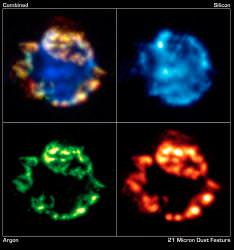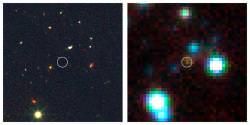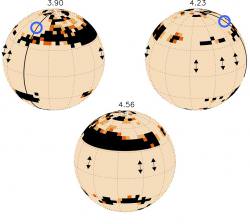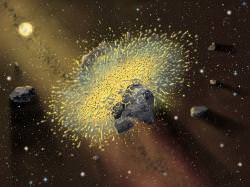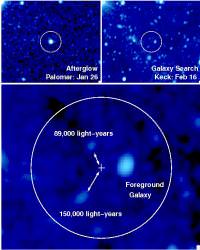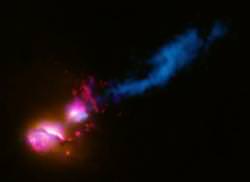December 27 is a day to celebrate the life of astronomer Johannes Kepler, who was born on this date in 1571, and is best known for his three laws of planetary motion. But also, coming up in 2009, The International Year of Astronomy (IYA) will celebrate the work of Kepler as well. Not only did Galileo begin his observations with a telescope almost 400 years ago in 1609, but also in that year Kepler published his book New Astronomy or Astronomia Nova. This was the first published work that documented the scientific method.
Kepler’s primary reason for writing Astronomia Nova was to attempt to calculate the orbit of Mars. Previous astronomers used geometric models to explain the positions of the planets, but Kepler sought for and discovered physical causes for planetary motion. Kepler was the first astronomer to prove that the planets orbited the sun in elliptical paths and he did so with rigorous scientific arguments.
An offshoot of Astronomia Nova was the formulation of concepts that eventually became the first two of Kepler’s Laws:
First Law: The orbit of a planet about the Sun is an ellipse with the Sun’s center of mass at one focus.
Second Law: A line joining a planet and the Sun sweeps out equal areas in equal intervals of time.
And Kepler’s third Law: The squares of the periods of the planets are proportional to the cubes of their semi-major axes.
Kepler was also instrumental in the development of early telescopes. He invented the convex eyepiece, which allowed an expanded field of vision, and discovered a means of determining the magnifying power of lenses. He was the first to explain that the tides are caused by the Moon and the first to suggest that the Sun rotates about its axis. He also was the first to use stellar parallax caused by the Earth’s orbit to try to measure the distance to the stars.
While Kepler remains one of the greatest figures in astronomy, his endeavors were not just limited to this field. He was the first person to develop eyeglasses designed for nearsightedness and farsightedness, the first to investigate the formation of pictures with a pin hole camera, and the first to use planetary cycles to calculate the birth year of Christ. He also formed the basis of integral calculus.
Kepler’s many books provided strong support for Galileo’s discoveries, and Galileo wrote to him, “I thank you because you were the first one, and practically the only one, to have complete faith in my assertions.”
Original News Source: The Writer’s Almanac


